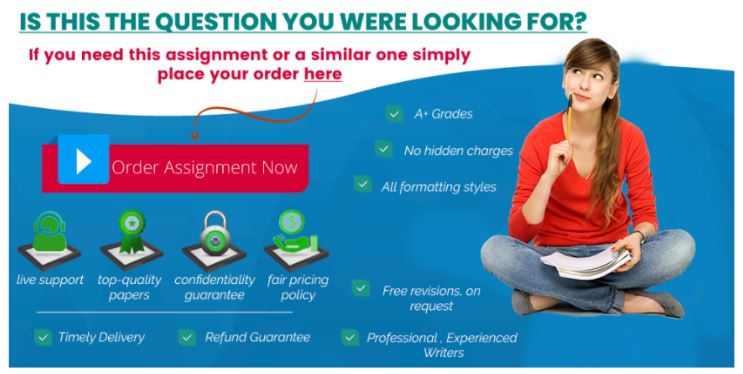Common Causes of Unintentional Injury-Related Death by Age
| Age | Mechanism of Injury Death
(write top 3) |
Anticipatory Guidance |
| Infants | 1.
2. 3. |
|
| Ages 1-4 | 1.
2. 3. |
|
| Ages 5-12 | 1.
2. 3. |
|
| Ages 13-19 | 1.
2. 3. |
Table 2
Genetic Conditions
| Distinguish between the following: | ||||
| Klinefelter Syndrome | Turner’s Syndrome | Down Syndrome | Fragile X | |
| Occurrence | ||||
| Affects males or females? | ||||
| Chromosome Makeup | ||||
| Typical Appearance | ||||
| Associated Health Problems | ||||
Table 3
Drug Therapy for Common Mental Health Conditions in Childhood
| Drug Therapy for Common Mental Health Conditions in Childhood | |||
| Drug Class | Conditions Treated | Drug Interactions? | Common Side Effects |
| SSRI
(Provide Examples) |
|||
| Serotonin Norepinephrine Reuptake Inhibitor
(Provide Examples) |
|||
| Second Generation Antipsychotic
(Provide Examples) |
|||
*Please remember to look at your patient’s allergies and medication list as some routine medications prescribed for pediatric patients may have detrimental side effects on mental health. For example, patients newly prescribed Accutane may present with symptoms of depression or SI and should be monitored closely.
Table 4
Child Maltreatment
| Fill in the following. | |
| Description | |
| Prevalence | |
| Risk Factors | |
| Behavioral Signs | |
Table 5
Common Eating Disorders
| Anorexia | Bulimia | |
| Description (include 2 types) | ||
| Risk Factors | ||
| Clinical presentation | ||
| Diagnostic Criteria (include 8) | ||
| Diagnostic Studies | ||
| Treatment/Management | ||
| Complications |
Case Scenario 1: Mr. Rogers presents with his 3-year-old son, Turner. who has Down syndrome for evaluation of a second-degree burn that he received on the palmar surface of his left hand when he picked up his sister’s hot curling iron.
- What else should you know about how the burn occurred?
- How would you classify the burn?
- How should you manage this condition? Be specific about treatment, precautions, and follow-up.
- What type of anticipatory guidance should you give the father?
Common Causes of Unintentional Injury-Related Death by Age
| Age | Mechanism of Injury Death
(write top 3) |
Anticipatory Guidance |
| Infants | 1.
2. 3. |
|
| Ages 1-4 | 1.
2. 3. |
|
| Ages 5-12 | 1.
2. 3. |
|
| Ages 13-19 | 1.
2. 3. |
Table 2
Genetic Conditions
| Distinguish between the following: | ||||
| Klinefelter Syndrome | Turner’s Syndrome | Down Syndrome | Fragile X | |
| Occurrence | ||||
| Affects males or females? | ||||
| Chromosome Makeup | ||||
| Typical Appearance | ||||
| Associated Health Problems | ||||
Table 3
Drug Therapy for Common Mental Health Conditions in Childhood
| Drug Therapy for Common Mental Health Conditions in Childhood | |||
| Drug Class | Conditions Treated | Drug Interactions? | Common Side Effects |
| SSRI
(Provide Examples) |
|||
| Serotonin Norepinephrine Reuptake Inhibitor
(Provide Examples) |
|||
| Second Generation Antipsychotic
(Provide Examples) |
|||
*Please remember to look at your patient’s allergies and medication list as some routine medications prescribed for pediatric patients may have detrimental side effects on mental health. For example, patients newly prescribed Accutane may present with symptoms of depression or SI and should be monitored closely.
Table 4
Child Maltreatment
| Fill in the following. | |
| Description | |
| Prevalence | |
| Risk Factors | |
| Behavioral Signs | |
Table 5
Common Eating Disorders
| Anorexia | Bulimia | |
| Description (include 2 types) | ||
| Risk Factors | ||
| Clinical presentation | ||
| Diagnostic Criteria (include 8) | ||
| Diagnostic Studies | ||
| Treatment/Management | ||
| Complications |
Case Scenario 1: Mr. Rogers presents with his 3-year-old son, Turner. who has Down syndrome for evaluation of a second-degree burn that he received on the palmar surface of his left hand when he picked up his sister’s hot curling iron.
- What else should you know about how the burn occurred?
- How would you classify the burn?
- How should you manage this condition? Be specific about treatment, precautions, and follow-up.
- What type of anticipatory guidance should you give the father?

